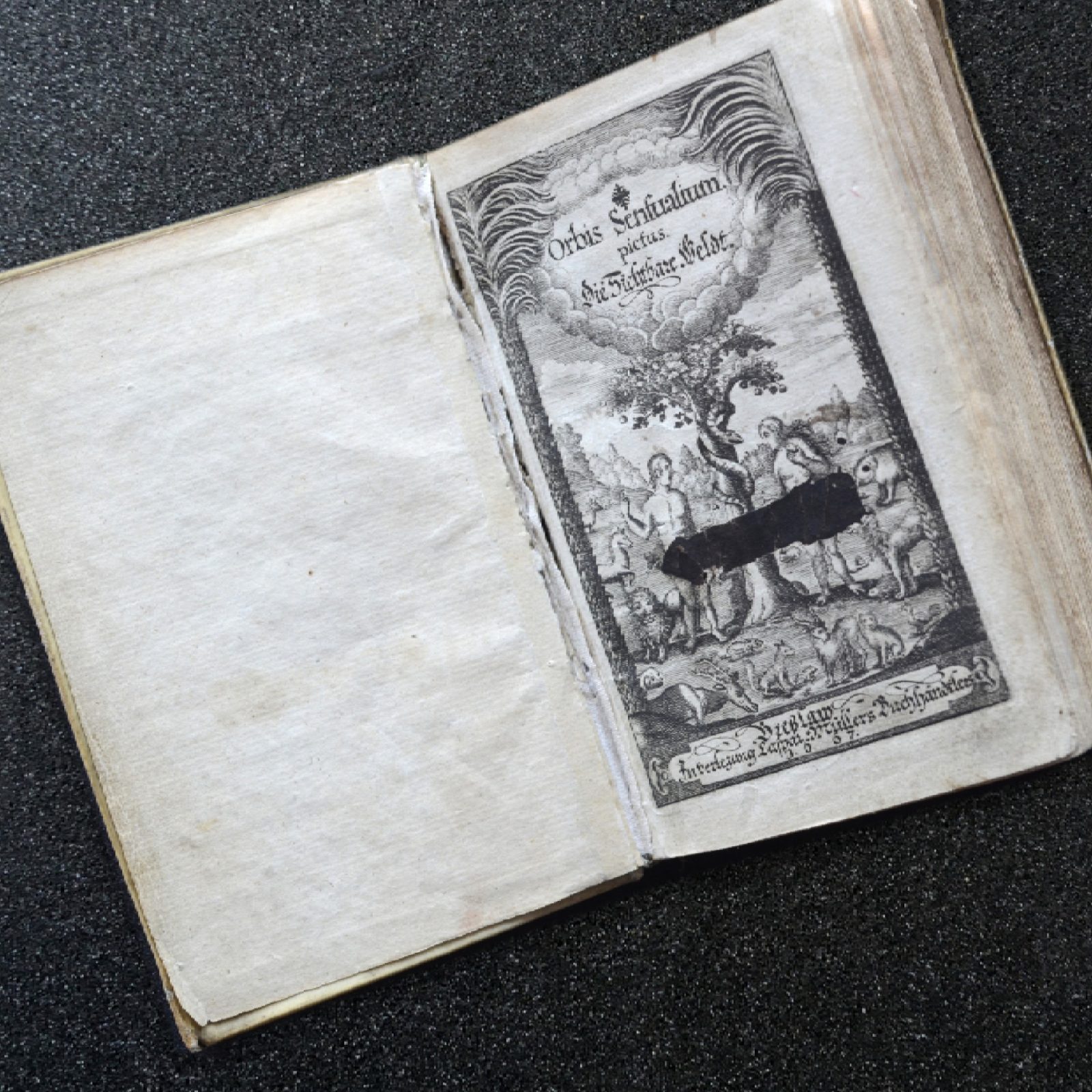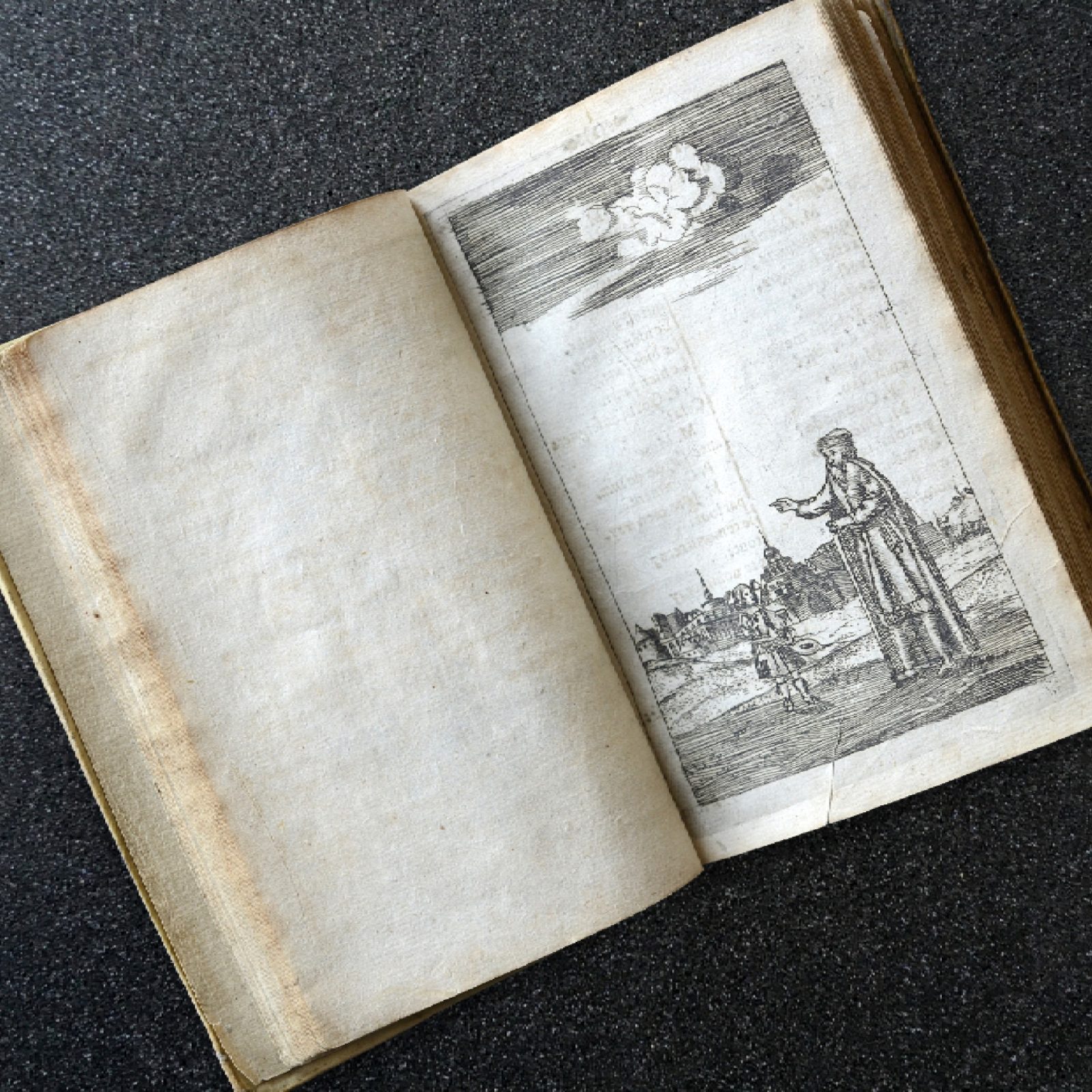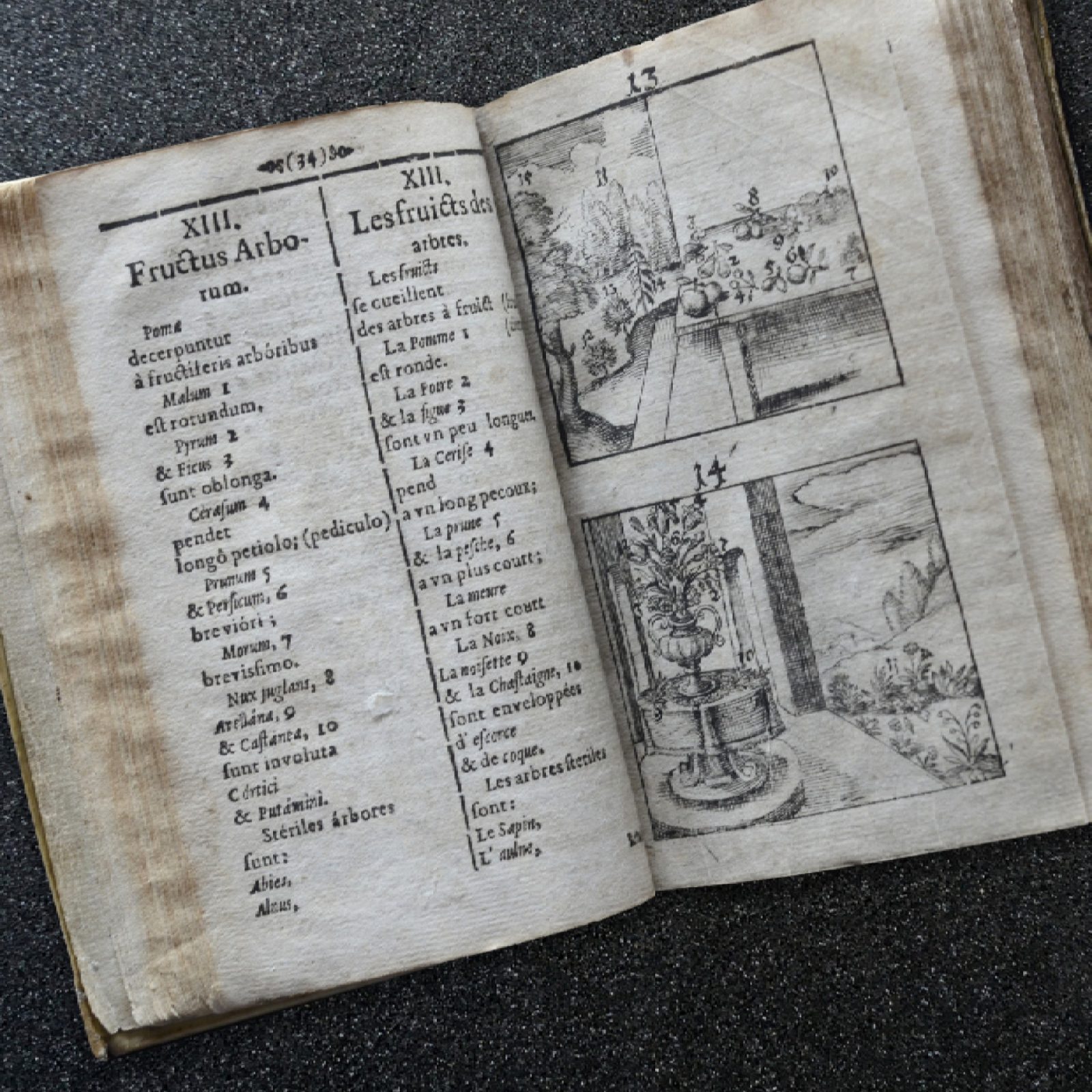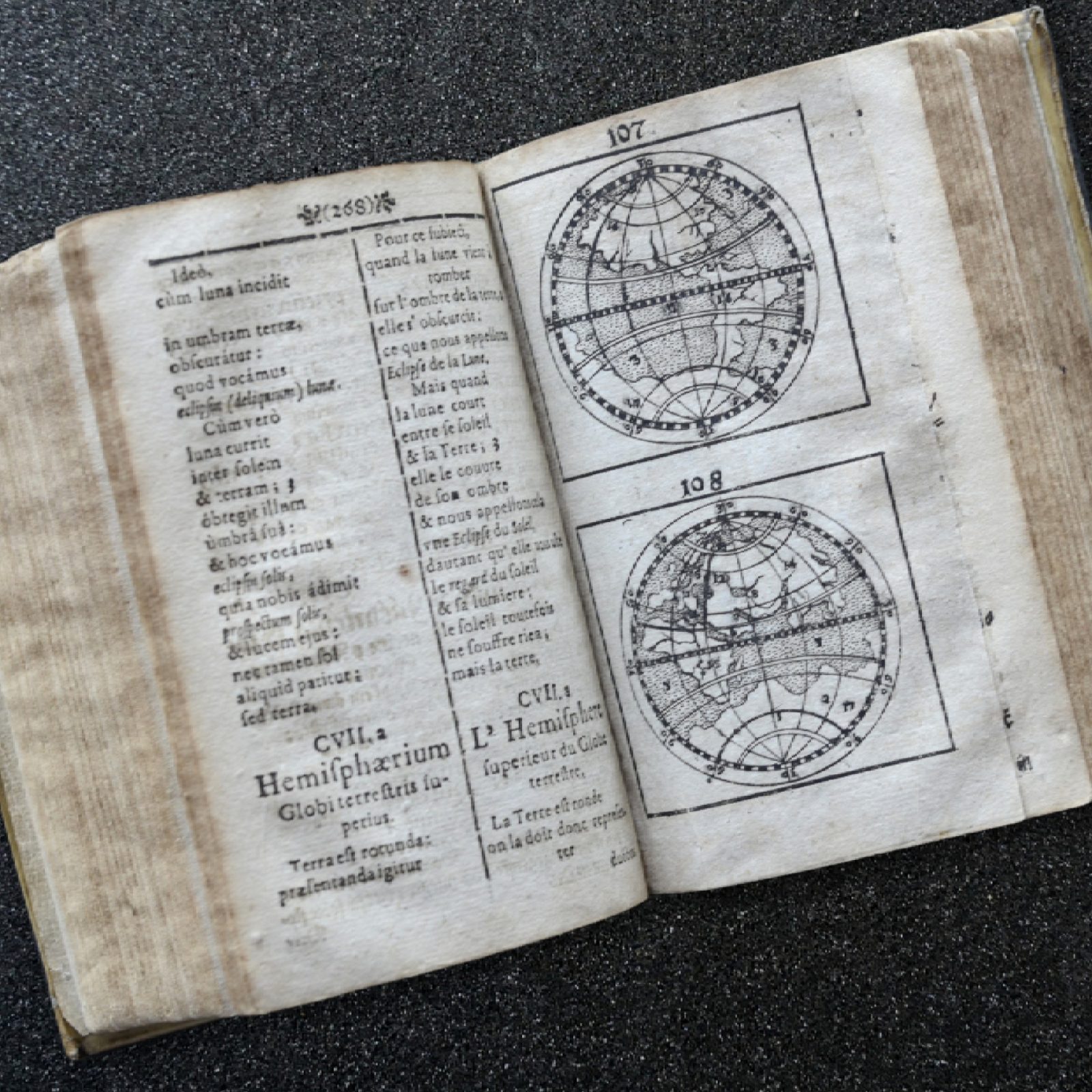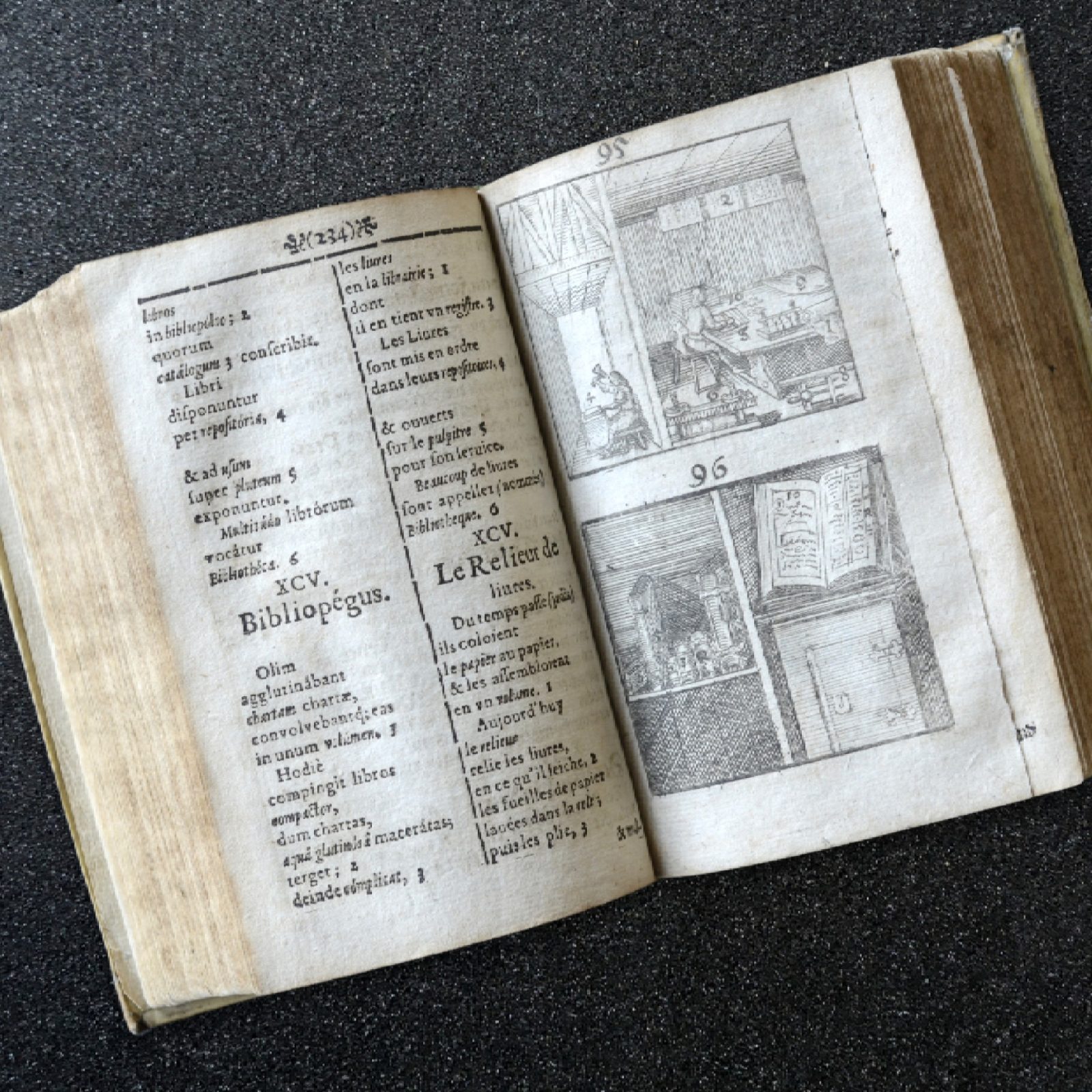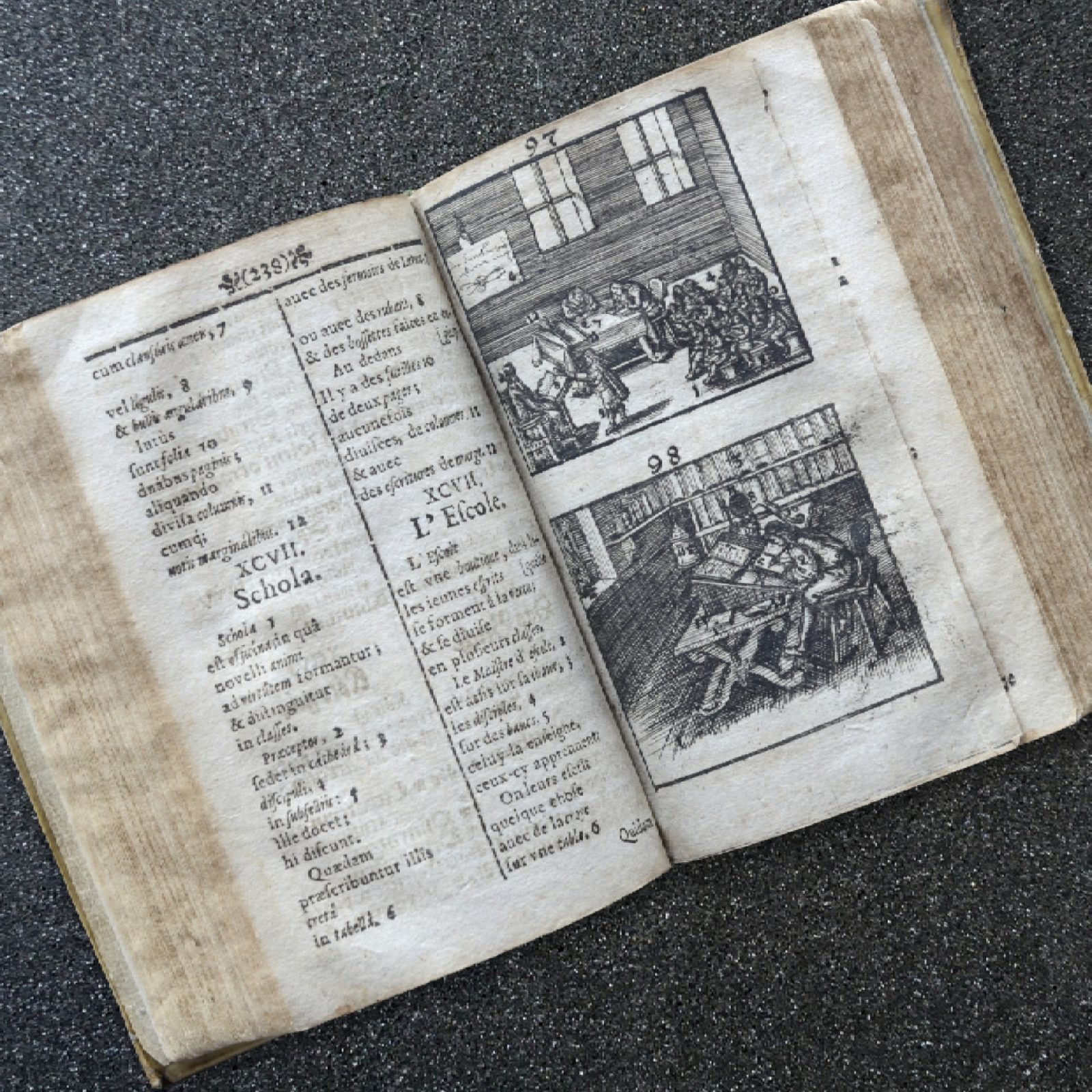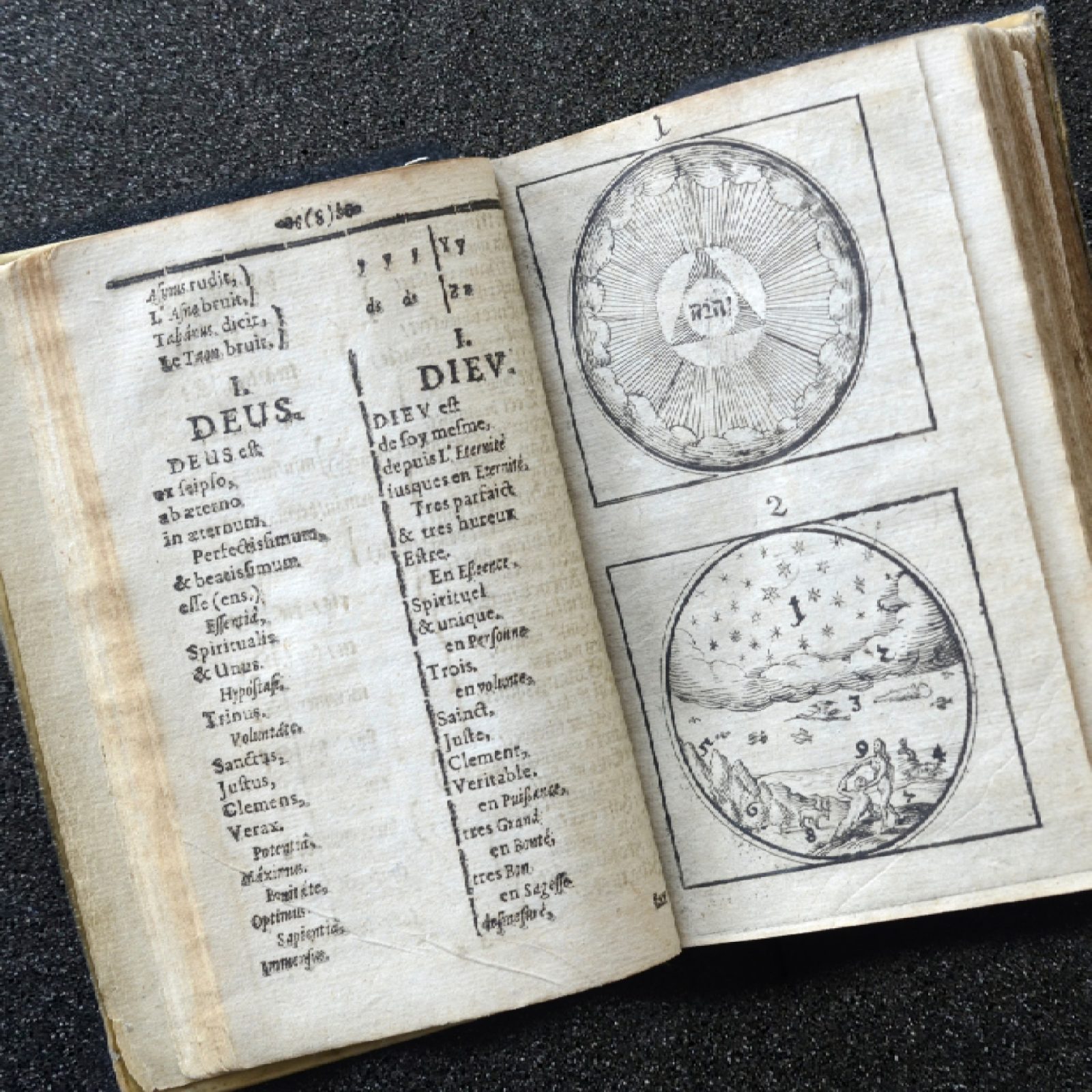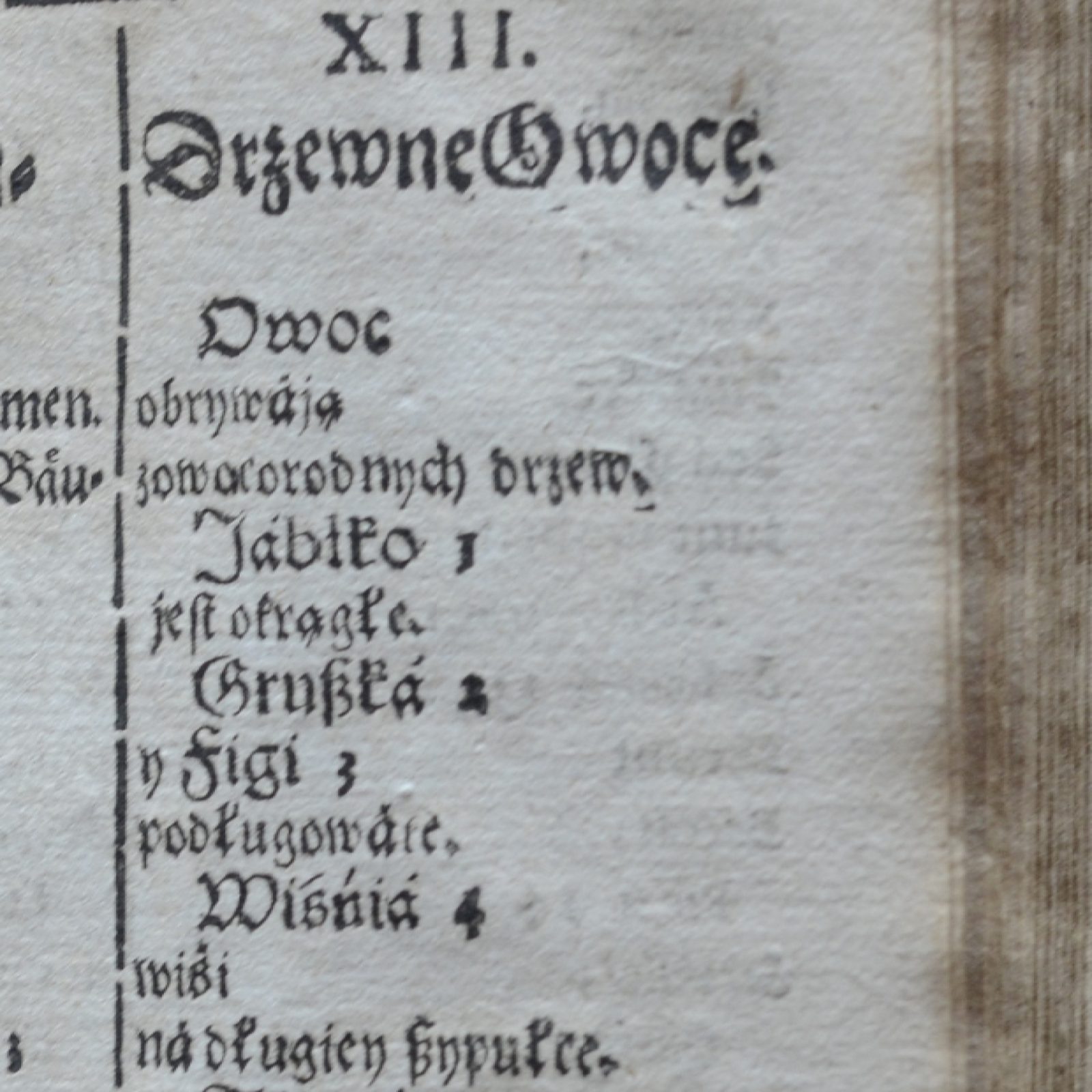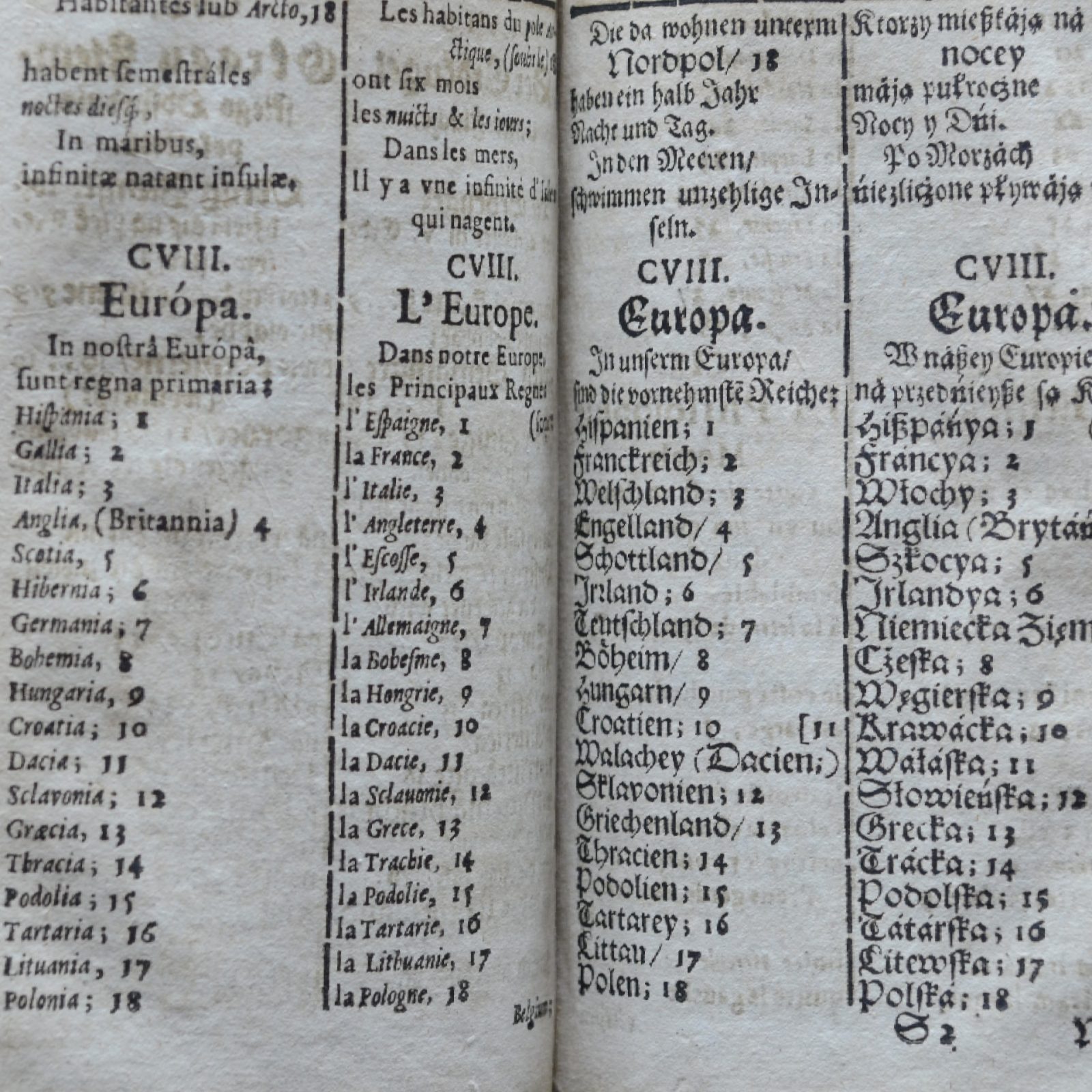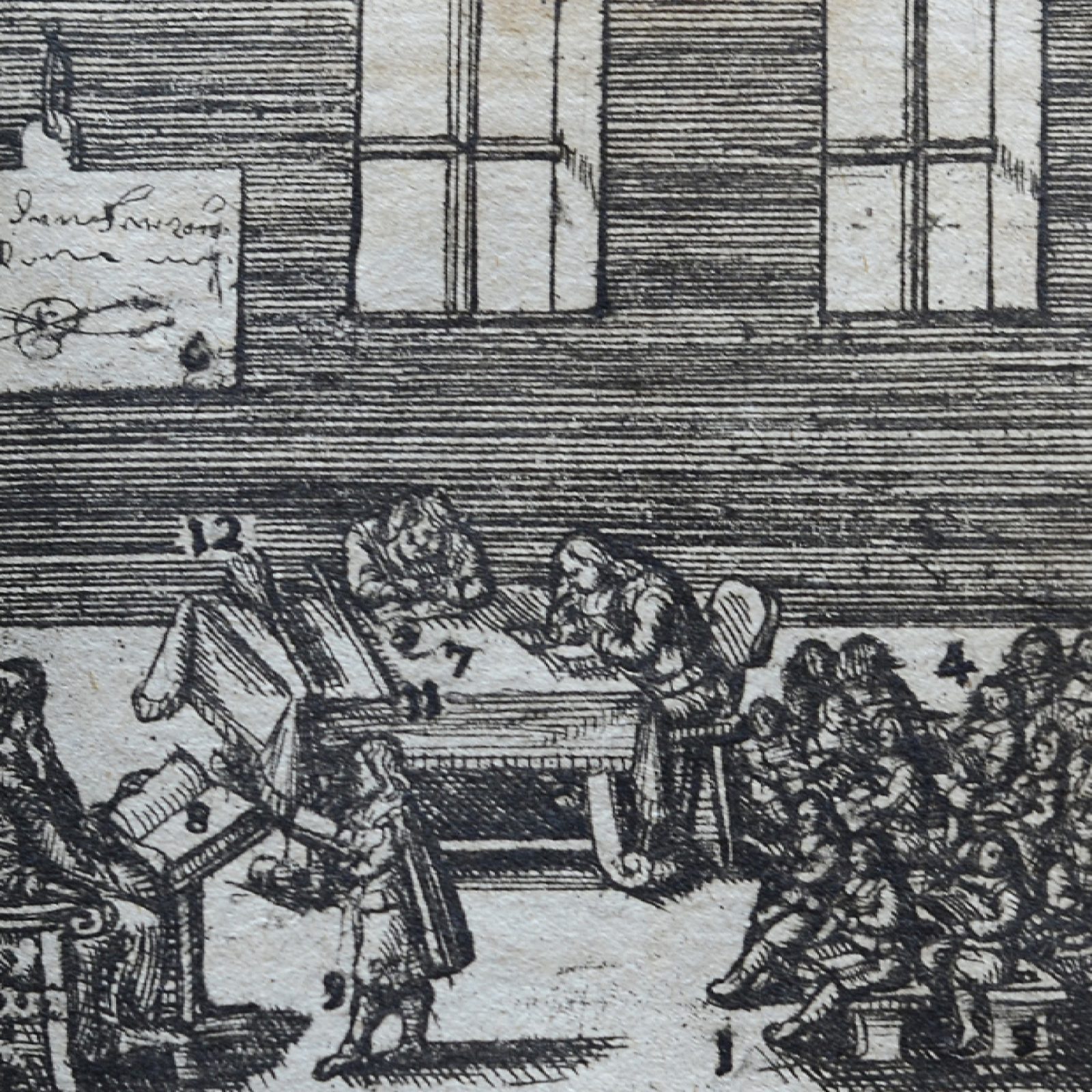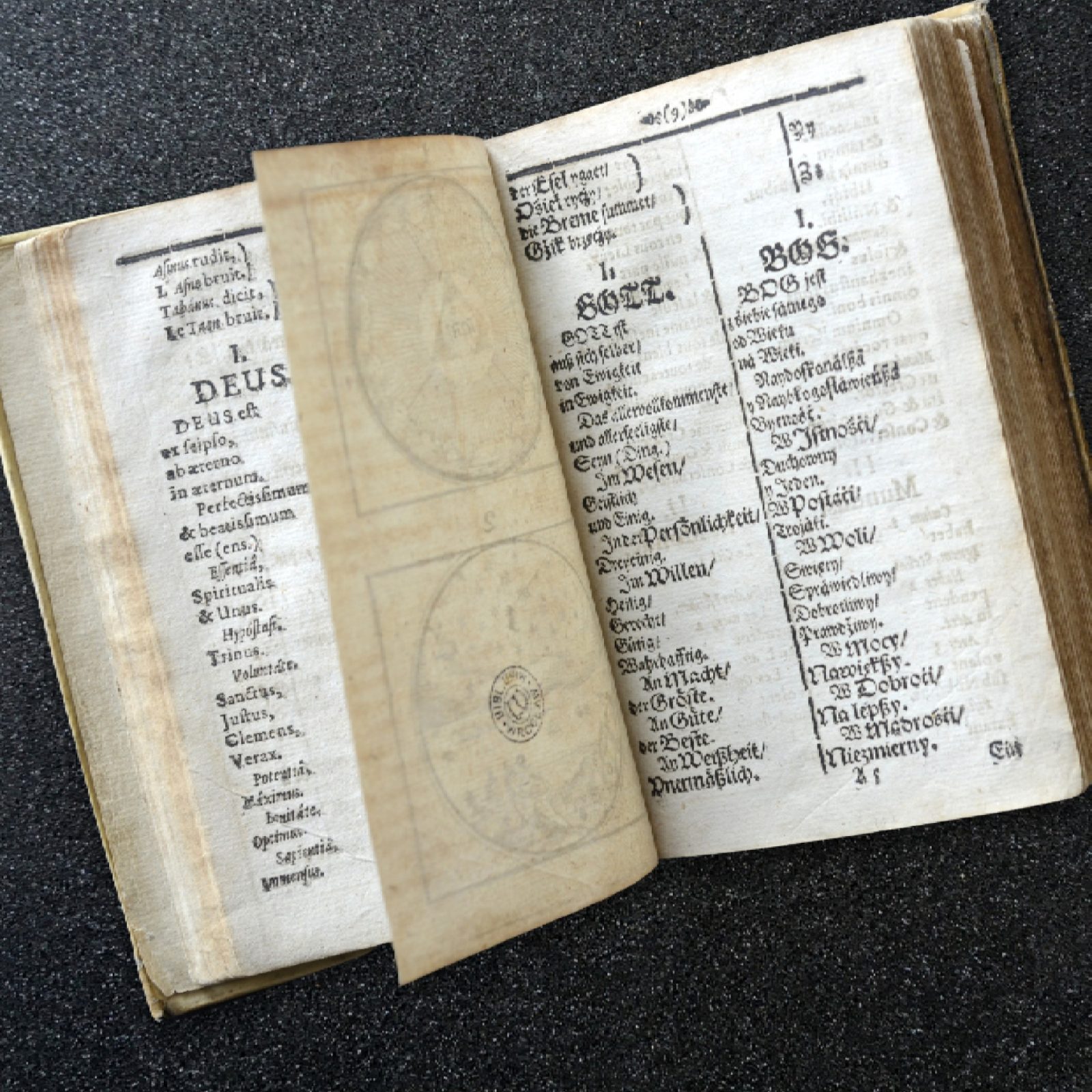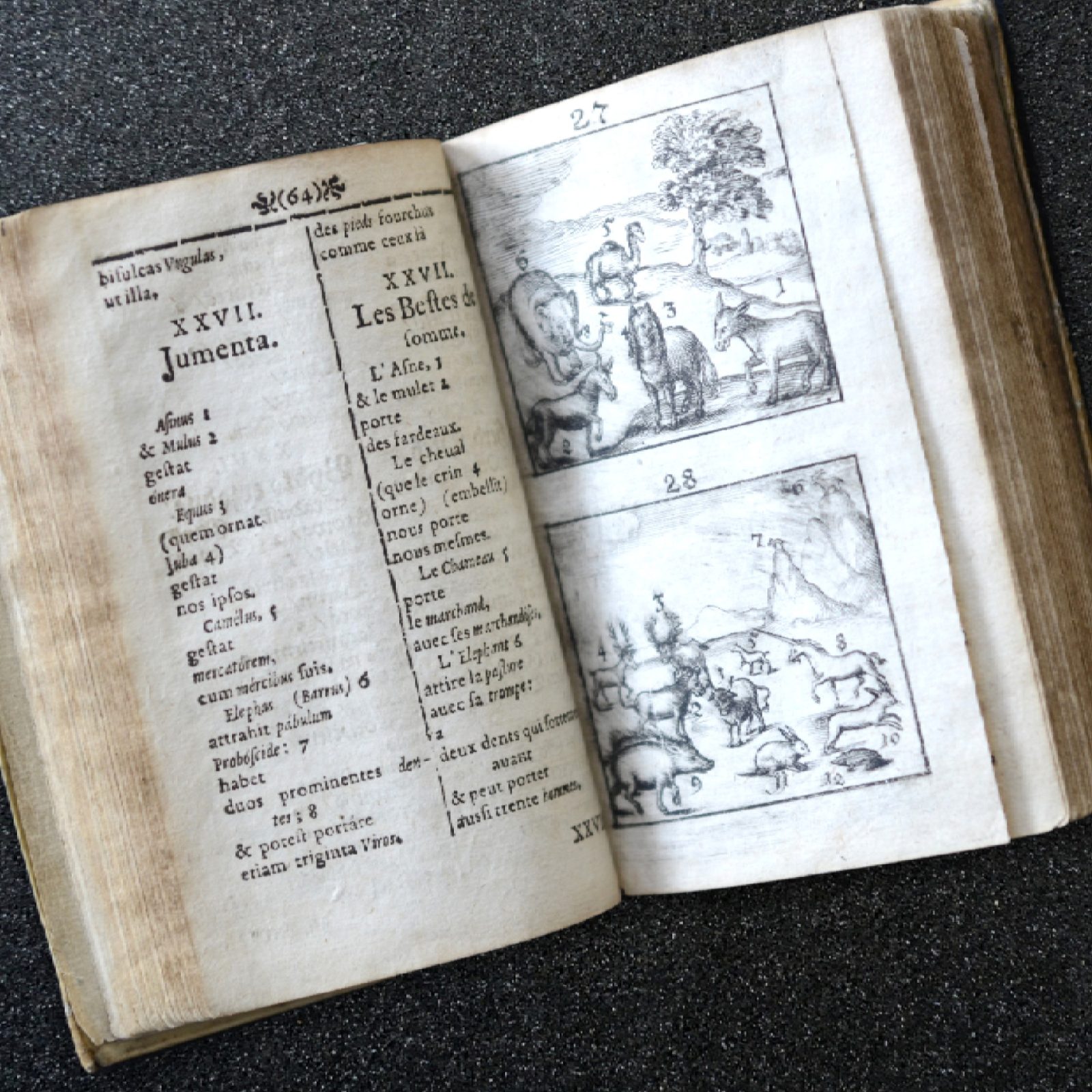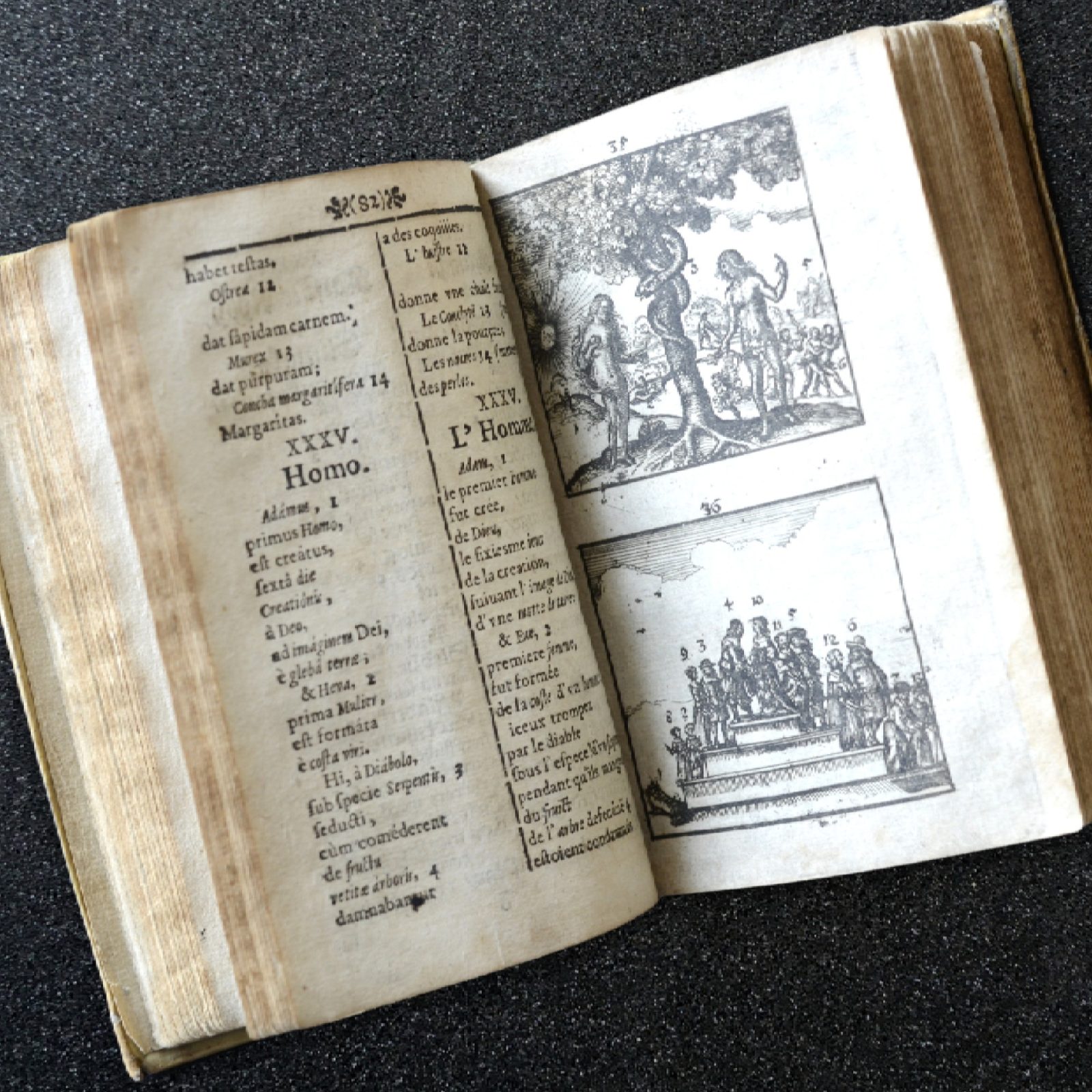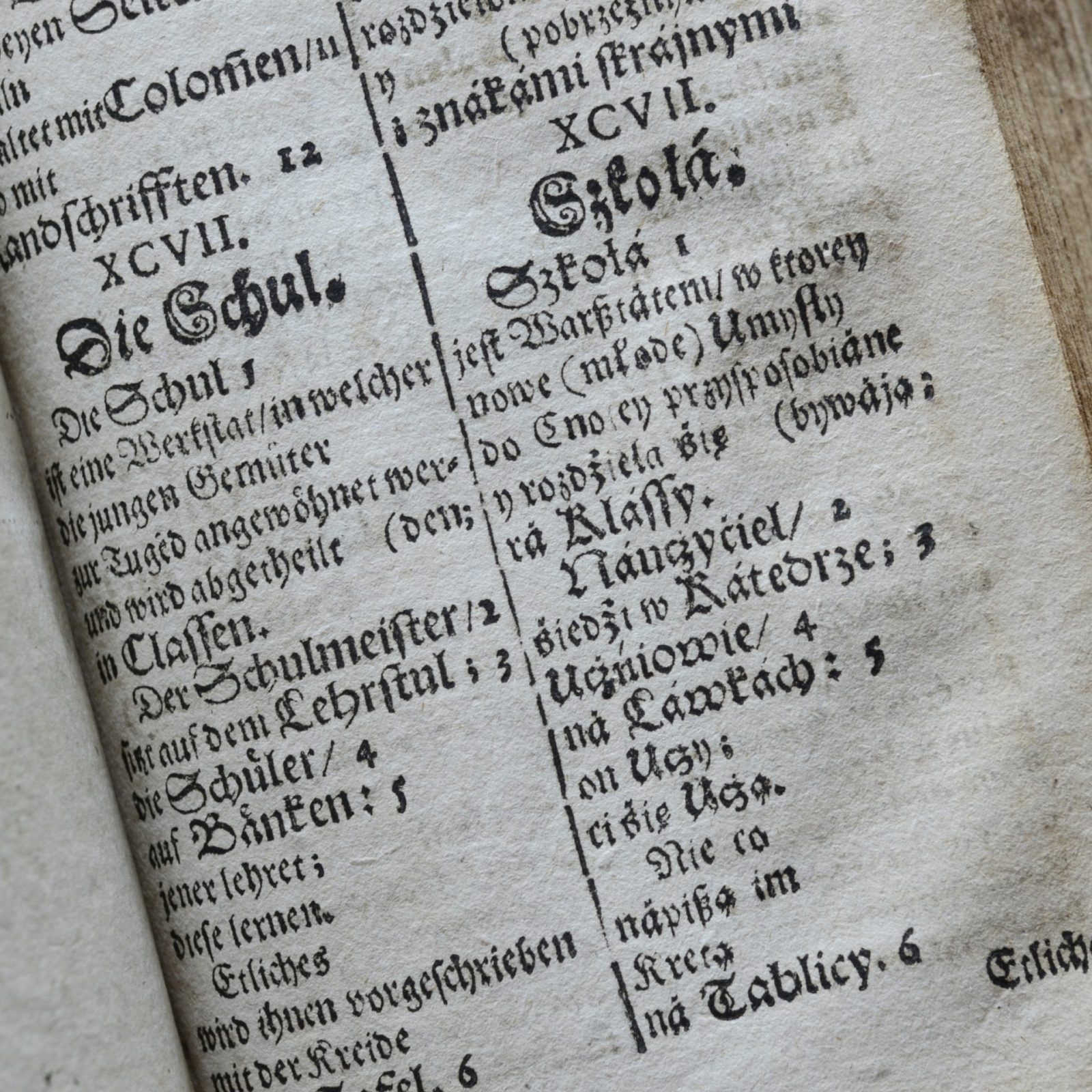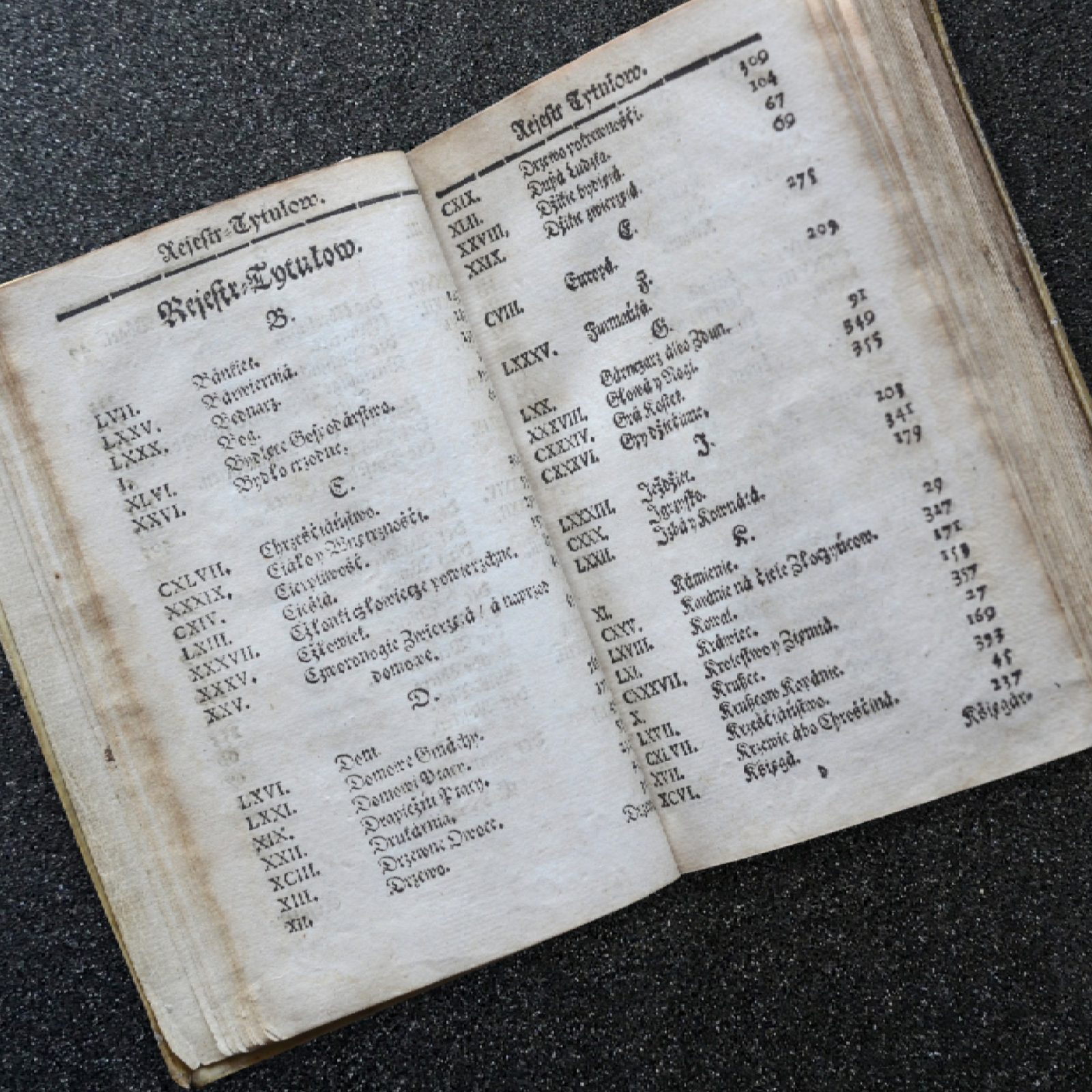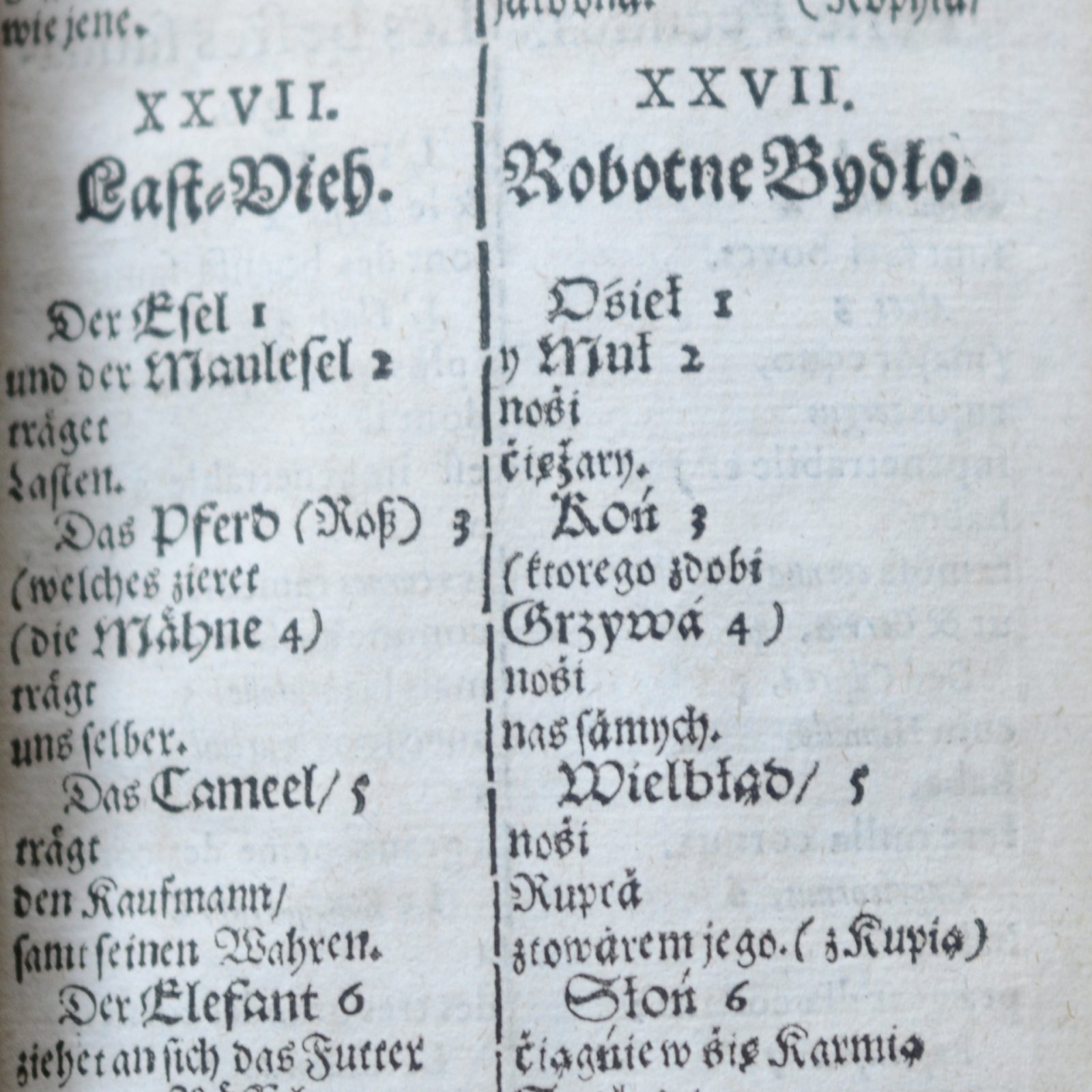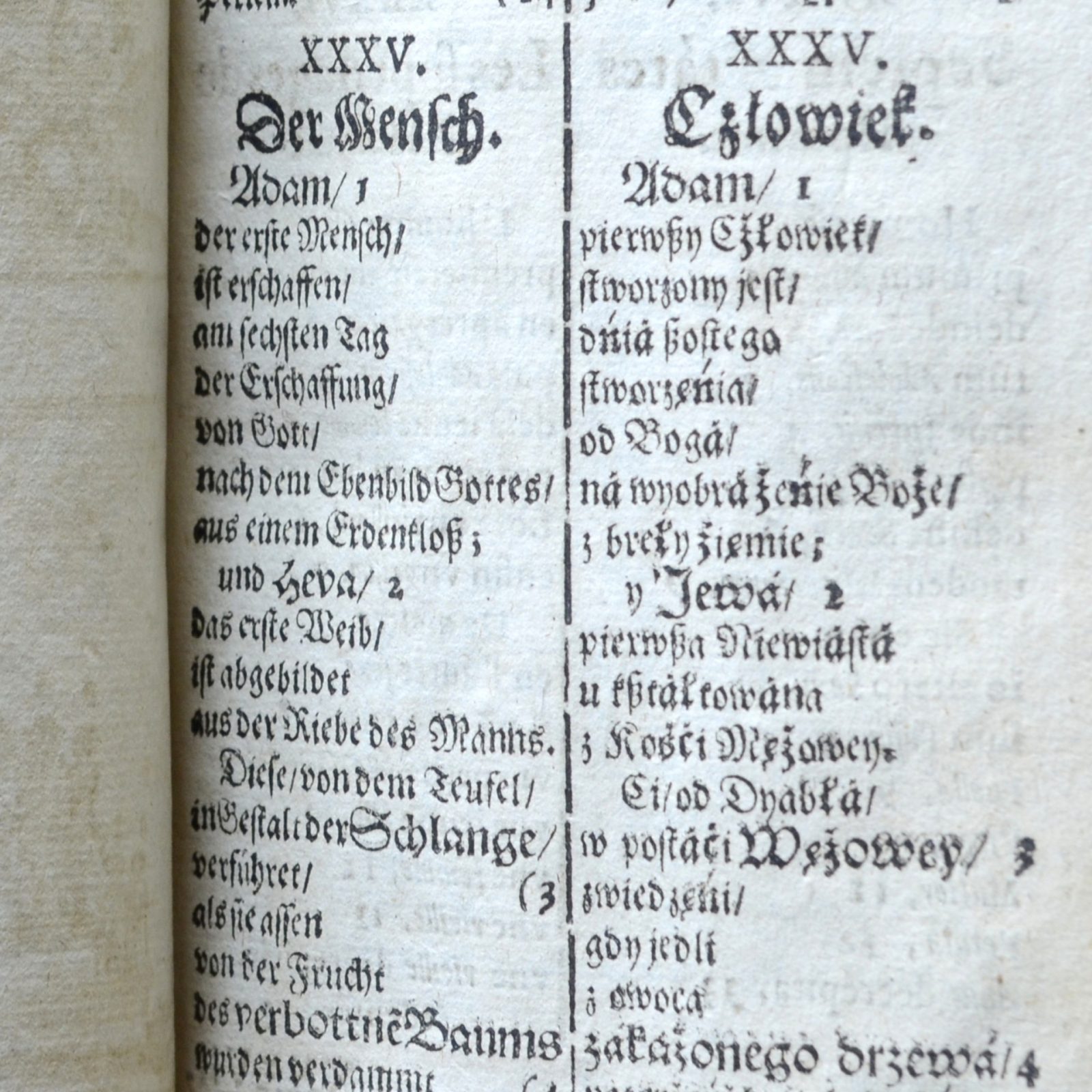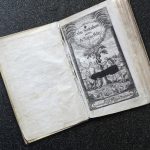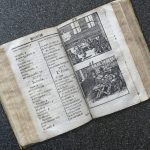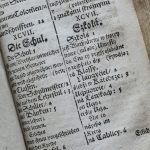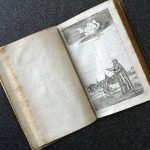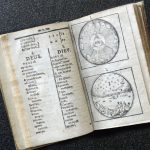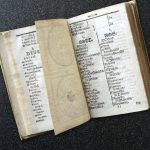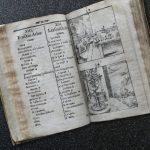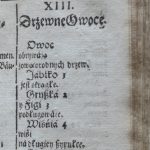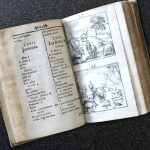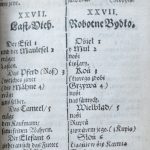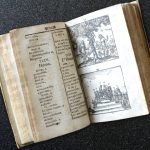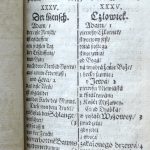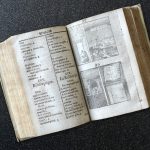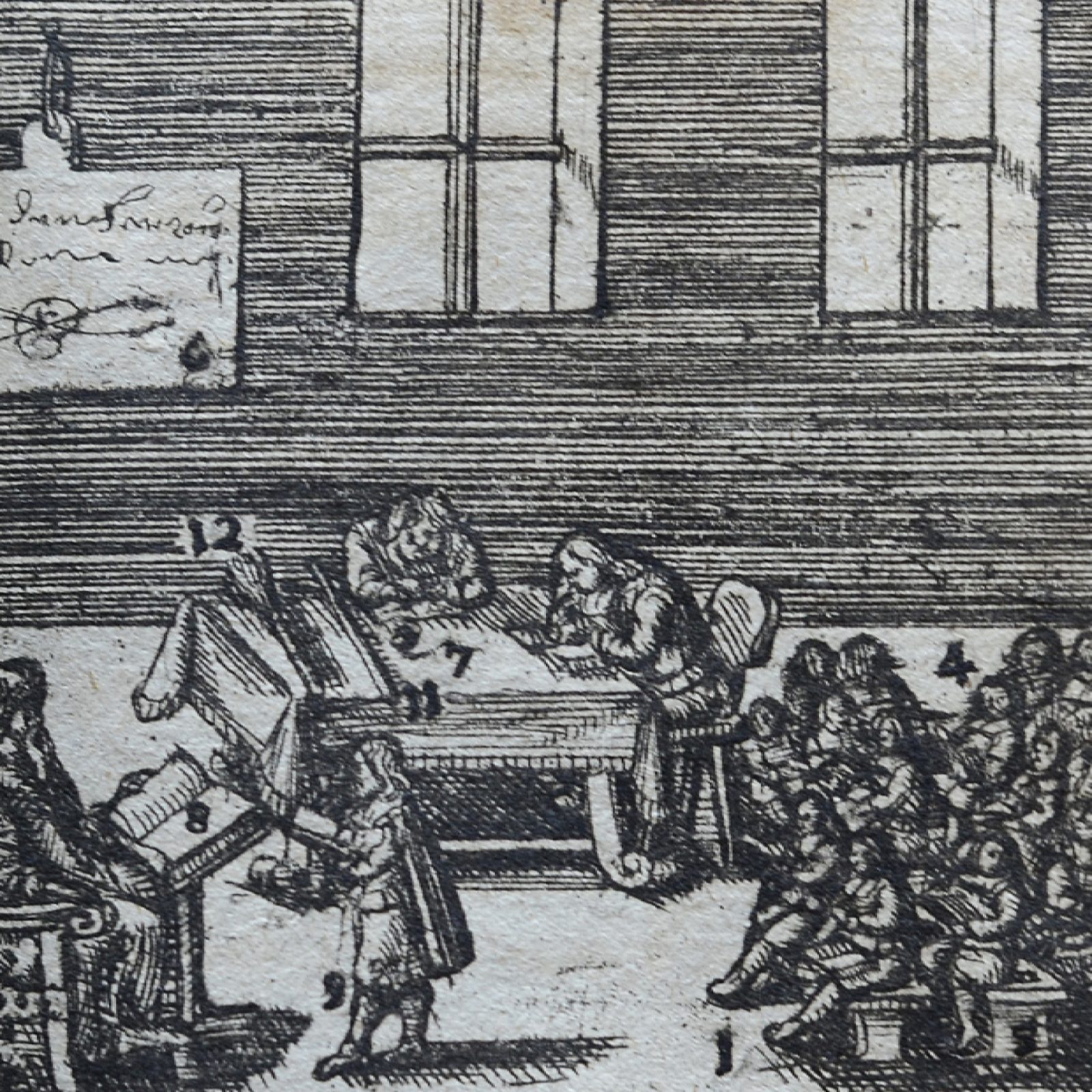
Education in the 17th and 18th centuries
Orbis Sensualium Pictus is a remarkable work that revolutionised education in the 17th century. In fact, it was one of the first encyclopaedias written by Jan Amos Comenius in 1658, which taught basic concepts and made learning more accessible and engaging.
The old-print, also known as ‘Świat w obrazach’ (The World in Pictures, consisted of 150 chapters, each illustrating different aspects of life and the world – from nature to crafts to religious issues. Each chapter contained a picture along with a description in several languages, making the encyclopaedia also a tool for language learning.
With Orbis Sensualium Pictus, Comenius introduced a new way of thinking about education, in which images play a key role in the learning process. His approach, which combined text with illustrations, laid the foundation for modern visual didactics, influencing the formation of future teaching methods.
The history of this book is closely linked to its author, a Czech pedagogue, philosopher and theologian who is widely recognised as the ‘father of modern education’.
Jan Amos Comenius (1592-1670) was one of the most influential pedagogues of his time. His educational ideas were innovative and his approach to teaching was radically different from traditional methods. Comenius believed that education must be accessible to all, and that learning should be based on direct experience and observation of the world.
In Comenius’ time, education was reserved for the elite and teaching methods were mainly based on memorising Latin texts. Children were taught through repetition, which often led to a misunderstanding of the material.
Orbis Sensualium Pictus was first published in 1658 in Nuremberg, Germany. The book was a development of Comenius’ earlier work, Janua Linguarum Reserata. Orbis Sensualium Pictus aimed to facilitate language learning by collating terms in different languages and adding illustrations that made teaching more intuitive and accessible.
Each page of the book contained two segments: pictures or descriptions in several languages – usually in Latin and in the student’s mother tongue. The engravings depicted scenes from everyday life, nature, crafts, as well as abstract concepts such as the soul, God or moral virtues. This enabled the children to better understand the meaning of new words by associating them with the illustrations.
Orbis Sensualium Pictus quickly gained popularity in Europe and became one of the most important textbooks in children’s education in the 17th and 18th centuries. It was repeatedly translated into various languages, including English, French, German, Italian and Hungarian.
The copy on display, under reference OSD 308422 Orbis Sensualium Pictus, is a Wrocław edition from 1667. This publication was illustrated and multilingual, with a beautiful frontispiece full of symbolic references to the world depicted in the old print.
This work remains one of the most important in the history of education. Its influence can be seen in the development of school textbooks, which increasingly began to use illustrations as a tool to support learning.
Text: staff of the Special Collections Reading Room, University Library.
